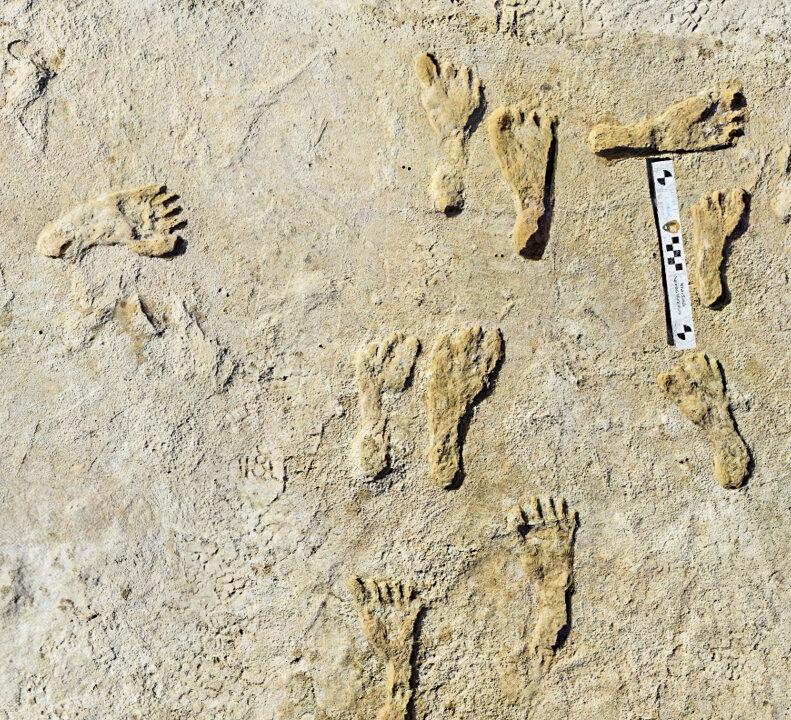Fossils of early human ancestors that were found in a cave in South Africa are now thought to be a million years older than originally estimated, thereby shaking the current scientific understanding of human evolution and its origins.
Fossils from the Sterkfontein Cave, belonging to the genus Australopithecus, were initially thought to have been from 2 to 2.6 million years ago. But researchers who used a new technique to date the fossils found them to be from 3.4 to 3.6 million years ago, according to a recent study published in the Proceedings of the National Academy of Sciences (PNAS) on June 27.





